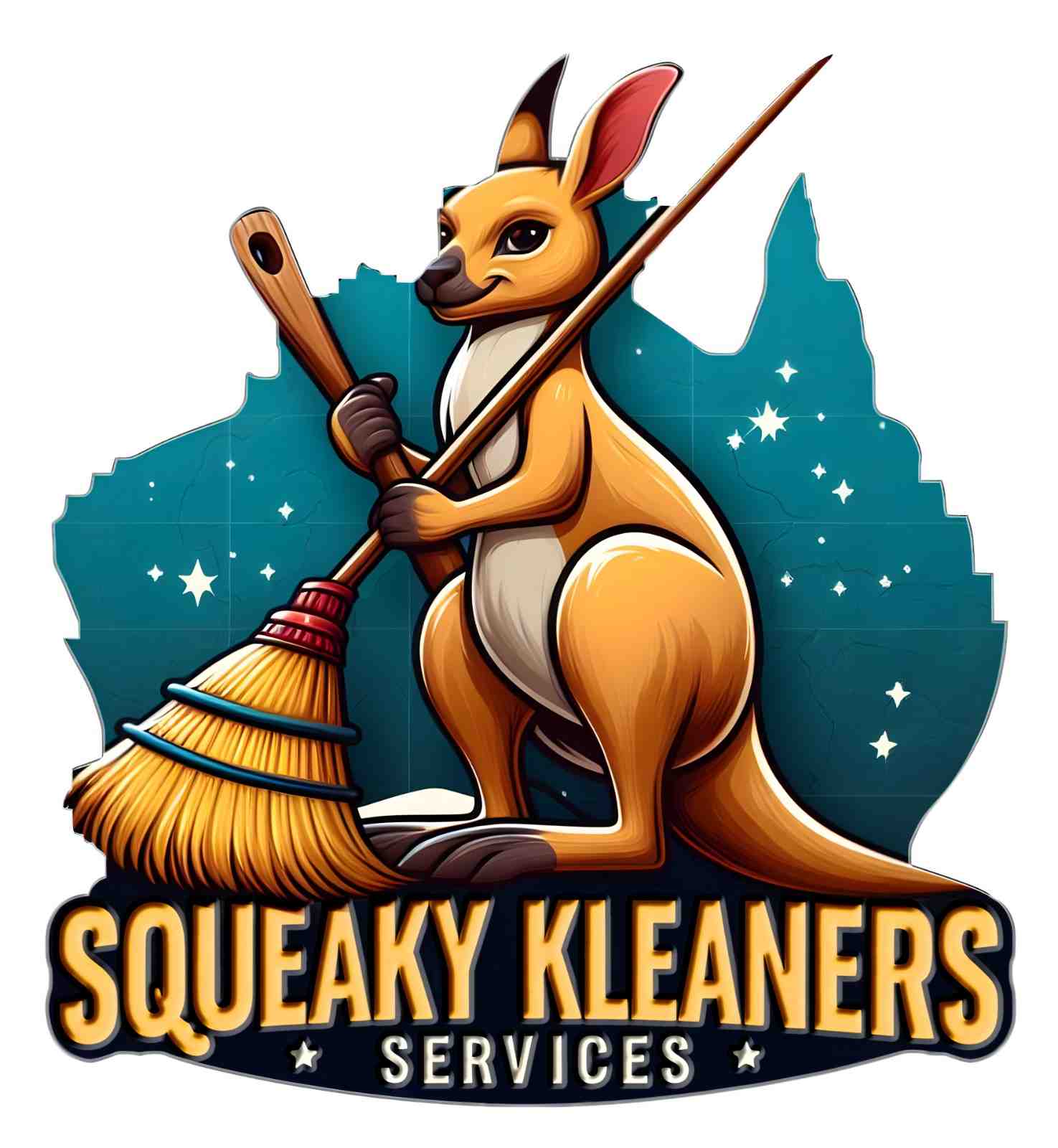Child Care Cleaning
So here’s something that still keeps me up at night. Last year, I walked into my nephew’s daycare during nap time and immediately noticed two things:
-
The floor smelled like a swimming pool
-
Every kid was sleeping with their mouths wide open
Turns out, they’d just mopped with some industrial-strength cleaner. And all those babies were breathing in those fumes during their naps. When I asked about it, the director said, “Oh, we always clean during naps—it’s our routine.”
After that incident, I went down a rabbit hole of research. What I found changed everything I thought I knew about keeping spaces safe for kids.
What You’ll Learn
1. The Scary Truth About “Germ-Free” Daycares
Let’s be honest—when we see a daycare that smells “disinfected,” we think: Wow, they’re so clean!
But here’s the reality:
-
That “clean” smell? It’s usually volatile organic compounds off-gassing
-
Many disinfectants need to stay wet for 4-10 minutes to work (but we wipe them up immediately)
-
The EPA warns that indoor air can be 2-5x more polluted than outdoor air
The worst part? Kids are closer to the ground where heavier chemical vapors settle. So while we’re patting ourselves on the back for killing germs, we’re creating a toxic soup at toddler height.
2. 5 Child Care Cleaning Products to Ban Immediately
If your child care cleaning cart has these, toss them today:
-
Chlorine bleach
-
Reacts with urine to form toxic chloramine gas
-
Burns little lungs (remember those open-mouth nappers?)
-
-
Quaternary ammonium compounds (“quats”)
-
Found in most disinfectant wipes
-
Linked to antibiotic resistance and asthma
-
-
Aerosol sprays
-
Kids breathe deeper particles straight into lungs
-
Often contain neurotoxic propellants
-
-
Fragranced products
-
Usually contain phthalates (hormone disruptors)
-
Banned in EU child care centers but still used here
-
-
Antibacterial soaps
-
Contain triclosan (breeds superbugs)
-
No more effective than regular soap and water
-
Pro tip: If the label says “danger” or “poison,” it has no business in a child care space.
3. How Kids Absorb Toxins Differently Than Adults
Biology isn’t fair when it comes to child care cleaning risks:
-
Pound for pound, kids breathe more air than adults
-
Their skin is thinner and absorbs chemicals faster
-
Hand-to-mouth behavior means direct ingestion
-
Developing organs are more vulnerable to damage
A study found that daycare workers using conventional cleaners had biomarkers similar to smokers. Now imagine what that does to a 20-pound toddler.
4. Our 3-Step Child Care Cleaning System That Actually Works
After working with pediatricians, we developed this approach:
Step 1: Clean First
-
Microfiber + hot water removes 99% of germs physically
-
No chemicals needed for most daily cleaning
Step 2: Disinfect Smart
-
Only high-touch surfaces (doorknobs, faucets)
-
Use thyme oil or hydrogen peroxide (3%)
Step 3: Air Out
-
Open windows for 10 minutes after cleaning
-
Use HEPA air purifiers in nap areas
Real-world results: One preschool switched to this system and saw a 40% drop in respiratory illnesses.
5. What the Safest Daycares Do Differently
The best child care centers we work with:
✔ Clean during closing hours so fumes dissipate overnight
✔ Use color-coded microfiber (red for bathrooms, etc.)
✔ Train staff on dilution ratios (most cleaners are over-concentrated)
✔ Display safety data sheets for all products
✔ Involve parents in green initiatives
One Montessori school even created a “cleaning committee” of parents—turns out, a nurse mom spotted several dangerous products they’d been using for years.
Bottom Line: Clean Shouldn’t Be Dangerous
At the end of the day, child care cleaning should:
-
Protect kids, not just kill germs
-
Leave air breathable, not “chemically fresh”
-
Be simple enough that staff actually follow protocols

